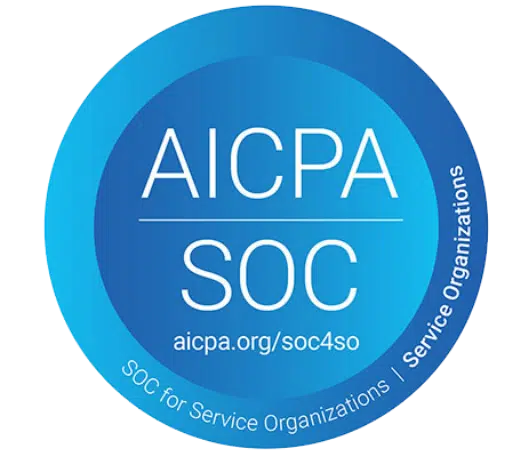According to Gartner, Integrated Risk Management (IRM) is “a set of practices and processes, supported by a risk-aware culture and enabling technologies, that improves decision making and performance through an integrated view of how well an organization manages its unique set of risks.”
With IRMs, businesses use a top-down approach to risk management. They build an integrated risk management framework that supports business policy and company objectives. All areas of the business and organization are taken into account for a fully synced approach. Implementing an integrated risk management solution means adopting a holistic risk-based culture that puts risk management at the forefront of business strategy planning.
Traditional GRC vs. IRM
The traditional GRC (governance, risk, and compliance) concept focuses on an organization’s governance policies, its compliance management and risk strategy- each in equal standing.
An integrated risk management approach, on the other hand, is primarily focused on risk management. Risk management addresses the full host of risks a company faces. Regulatory compliance risks and governance risks are just some of the many risk profiles that an IRM addresses.
In short, IRMs put risk management on top of the security framework, while GRCs place risk management alongside governance and compliance strategies.
Benefits of an Integrated Risk Management Approach
The benefits of an integrated risk management framework encompass:
- Lower cost of compliance and audit preparation
- Significant reduction of financial risk and fraud
- Automated risk mitigation techniques
- Link business strategy and IT risk landscape.
- A cyber-aware business culture that maximizes positive risks
Building an IRM with Centraleyes
Our platform is scalable and can be advanced as security needs evolve. It includes integrated risk assessment tools, strong reporting and analytics capabilities, and third-party vendor assessments. Most importantly, it allows for customization beyond industry-standard regulatory requirements of risk management.
At Centraleyes, we’ve built our solution on the presumption that a siloed approach to GRC is cumbersome and that an integrated risk management solution is the best way forward to succeed in risk management. Planning, assessing, monitoring and reporting has never been easier with our centralized, integrated platform.
Please login or Register to submit your answer





